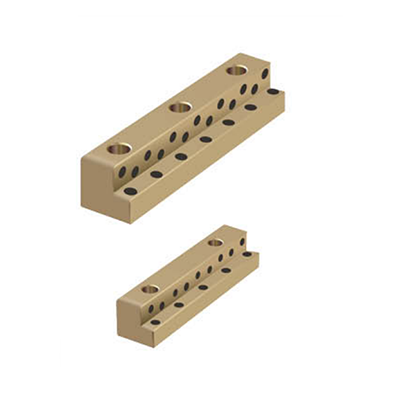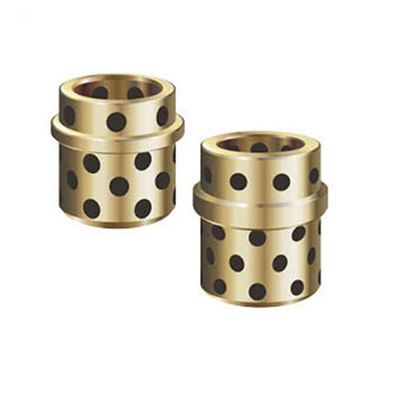In the realm of engineering and machinery, where precision and durability reign supreme, the Bimetal Sleeve Bushing Specification & Tolerance stands as a testament to cutting-edge technology and relentless pursuit of excellence. But what exactly makes this component so crucial, and how do its specifications and tolerances contribute to its unparalleled performance? Let's delve into the intricacies of this remarkable product.
At first glance, the Bimetal Sleeve Bushing may seem like any other mechanical part, but its true worth lies in its unique construction and meticulous design. Crafted from a combination of two distinct metals, this bushing boasts the best of both worlds: the wear resistance and hardness of one metal, coupled with the corrosion resistance and ductility of another. This bi-metal combination ensures that the bushing not only stands up to the harshest conditions but also maintains its structural integrity over extended periods.
The specification of the Bimetal Sleeve Bushing is a testament to its precision engineering. Each bushing is meticulously crafted to meet exact dimensions, ensuring a perfect fit within the machinery it is intended for. This attention to detail is vital, as even the slightest discrepancy in size can lead to vibrations, increased friction, and ultimately, premature failure of the component. By adhering to strict specifications, manufacturers guarantee that every bushing performs optimally, reducing downtime and maintenance costs.
But precision is only half the story. The tolerance of the Bimetal Sleeve Bushing is equally crucial in ensuring its reliability. Tolerance refers to the acceptable variation in size or shape that a component can have while still fulfilling its function. In the case of bushings, tight tolerances are essential to maintain a consistent and smooth operation. By controlling the tolerances within strict limits, manufacturers can ensure that the bushings perform consistently, even under varying loads and temperatures.
Moreover, the material properties of the bimetal combination play a pivotal role in determining the bushing's tolerance. The harder metal provides a wear-resistant surface, while the softer metal accommodates minor misalignments and absorbs vibrations. This dual-property approach not only enhances the bushing's durability but also extends the lifespan of the entire machinery.
In industries such as automotive, aerospace, and heavy machinery, where performance and reliability are paramount, the Bimetal Sleeve Bushing Specification & Tolerance is a game-changer. By incorporating this advanced component into their designs, engineers can achieve unprecedented levels of precision, efficiency, and durability. Whether it's reducing friction in a high-speed bearing or ensuring a tight seal in a pressure vessel, the bimetal sleeve bushing excels in every application.
As technology continues to evolve, so too does the demand for more sophisticated and reliable components. The Bimetal Sleeve Bushing Specification & Tolerance is a prime example of how engineering excellence can transform the way we design and manufacture machinery. By focusing on precision, durability, and performance, manufacturers are setting new standards in the industry, pushing the boundaries of what's possible.
So, the next time you're wondering about the intricate details behind the seamless operation of a complex machine, remember the humble yet vital role played by the Bimetal Sleeve Bushing Specification & Tolerance. It's a silent hero, working tirelessly behind the scenes to ensure that the world keeps turning smoothly.

 English
English Español
Español



